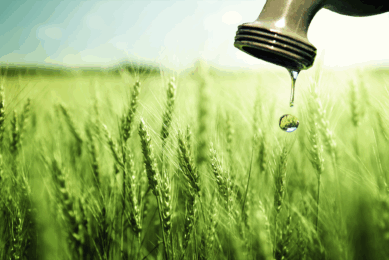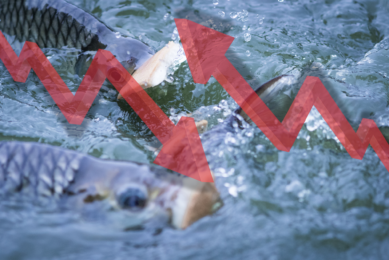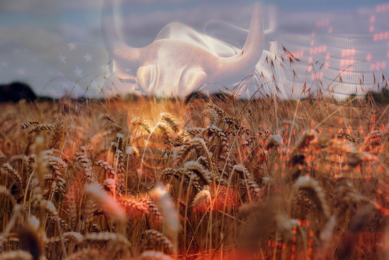Drought plunges Romanian feed industry into crisis
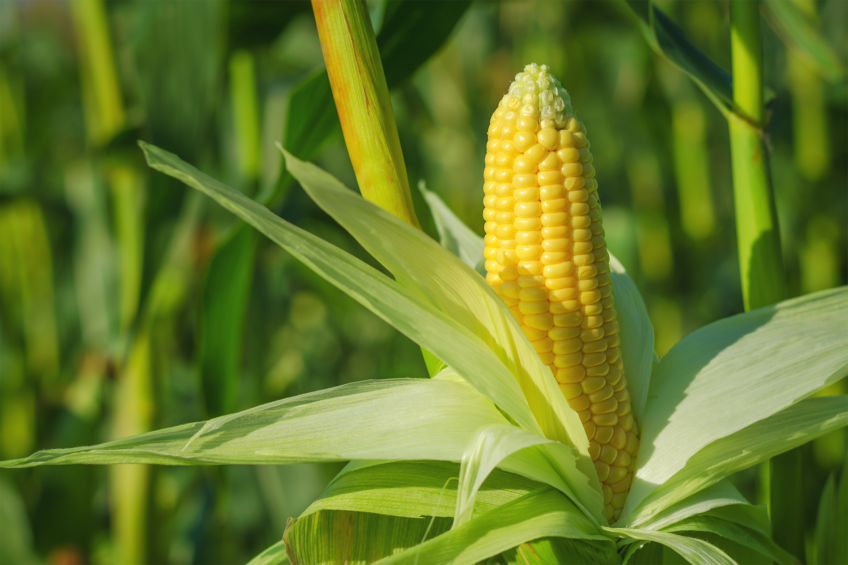
Persisting drought in Southern Europe has wreaked havoc on the Romanian feed industry, making the already troubled livestock industry even worse off.
Romania, Europe’s second grain exporter after France, will see its corn and sunflower harvest plummet this year owing to one of the worst droughts in recent decades, which affected nearly 2 million ha of agricultural fields.
The drought dealt a devastating blow to Romanian vegetable production, with recent forecasts seeing the production drop by 40% compared with the previous years. Corn output is likely to be impacted, too.
Farmers to receive compensation for damaged crops
As Agricultural Minister Florin Barbu has recently promised farmers, they will receive compensation between EUR 200 and EUR 250 per hectare for the damaged crops. The total estimated funds for drought compensation range from EUR 500 million to EUR 600 million, though they would only partly cover the losses farmers sustained this year.
The drought proves to severely hurt the Romanian feed industry,
Cezar Gheorghe, the founder of AGRIColumn, a Bucharest-based consultancy, told a local news outlet Ziare.
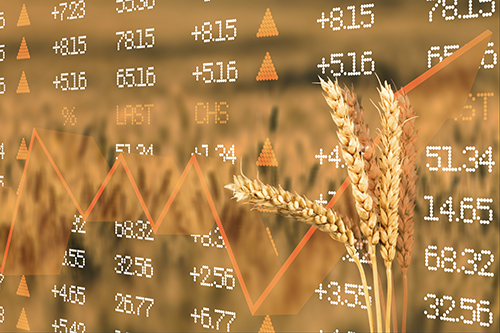
Lack of corn
In fact, this season, the country will lack corn to fully meet the domestic demand and honour its export commitments. Tough competition with export sales will drive wholesale corn prices for Romanian feed manufacturers high.
“Moreover, a very large part of Romania’s surface is atomized. This means that the small plot holders plant their corn to take care of their animals, like pigs, chickens, cattle, whatever they have in their yard,” Gheorghe said, adding that they were also hurt by the drought and now have to search for feed crops on the open market.
Besides, he added, the costs rise along the supply chain “like a snowball.” In the face of the market turbulence, local players increasingly complain about the middlemen who purchase goods from the farmers to sell it with a markup reaching 100% to 200%.
Farms profitability’s on the line
The unravelling feed crisis promises to put additional pressure on the livestock industry.
A local news outlet Business24, reported that at the current level of production costs pork production in Romania no longer makes economic sense. Since 2016, the number of pigs in the country dropped from 4.3 million heads to 2.8 million and keeps going down.
Of the 37.5 kilograms of pork eaten annually by each Romanian on average, a maximum of 7 kilograms come from Romania farms, the publication estimated.
Ioan Ladoși, president of the Association of Romanian Pork Producers (APCPR), however, estimated that the share of Romanian farms in local pork production has not changed much over the past year and is still close to 20%. However, under a certain scenario, he added, this figure could nearly halve to only 10%.




